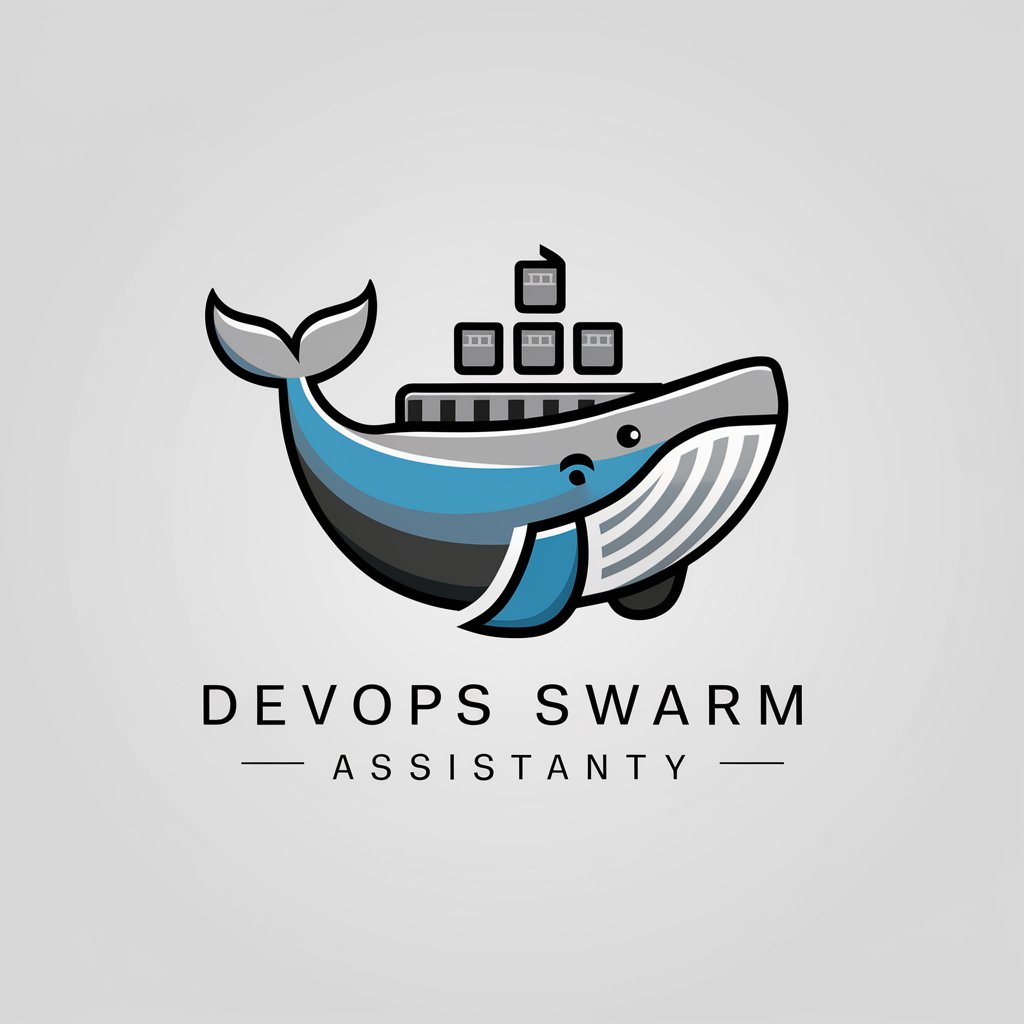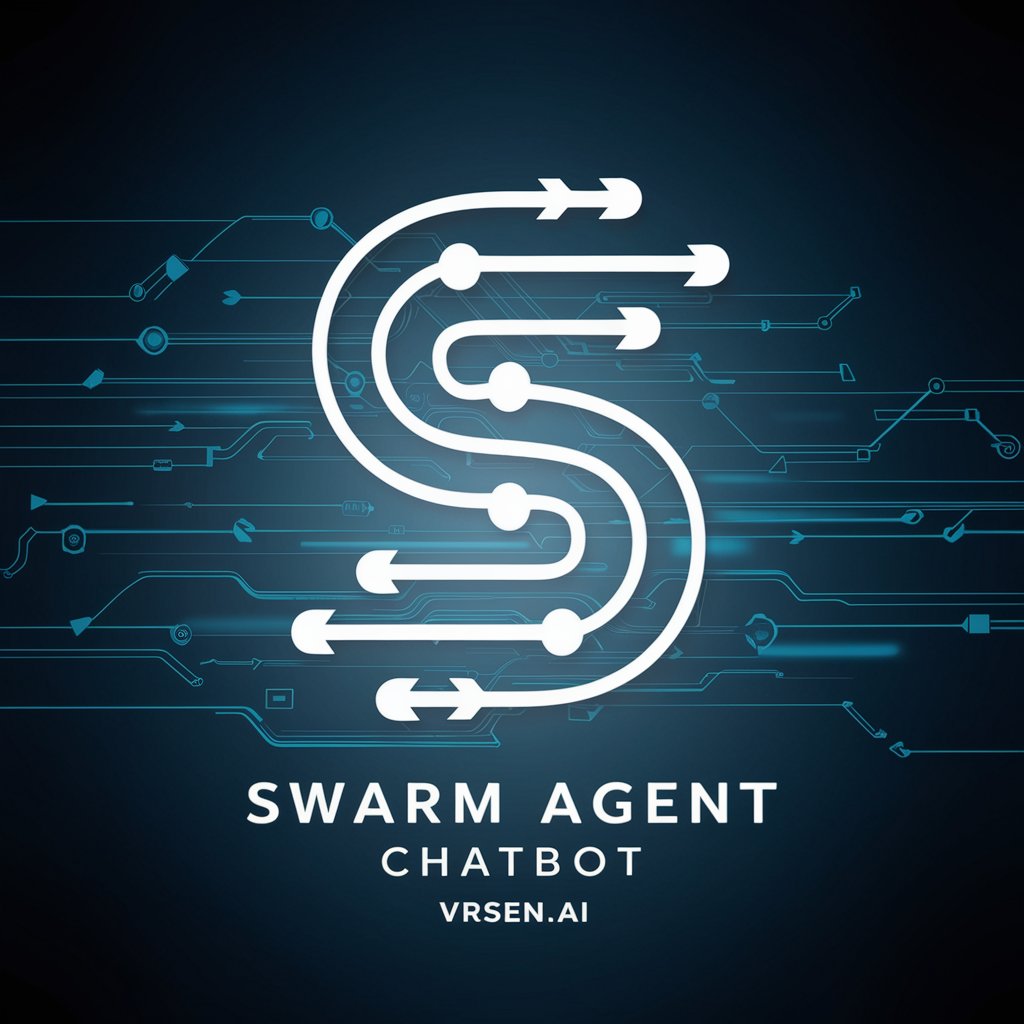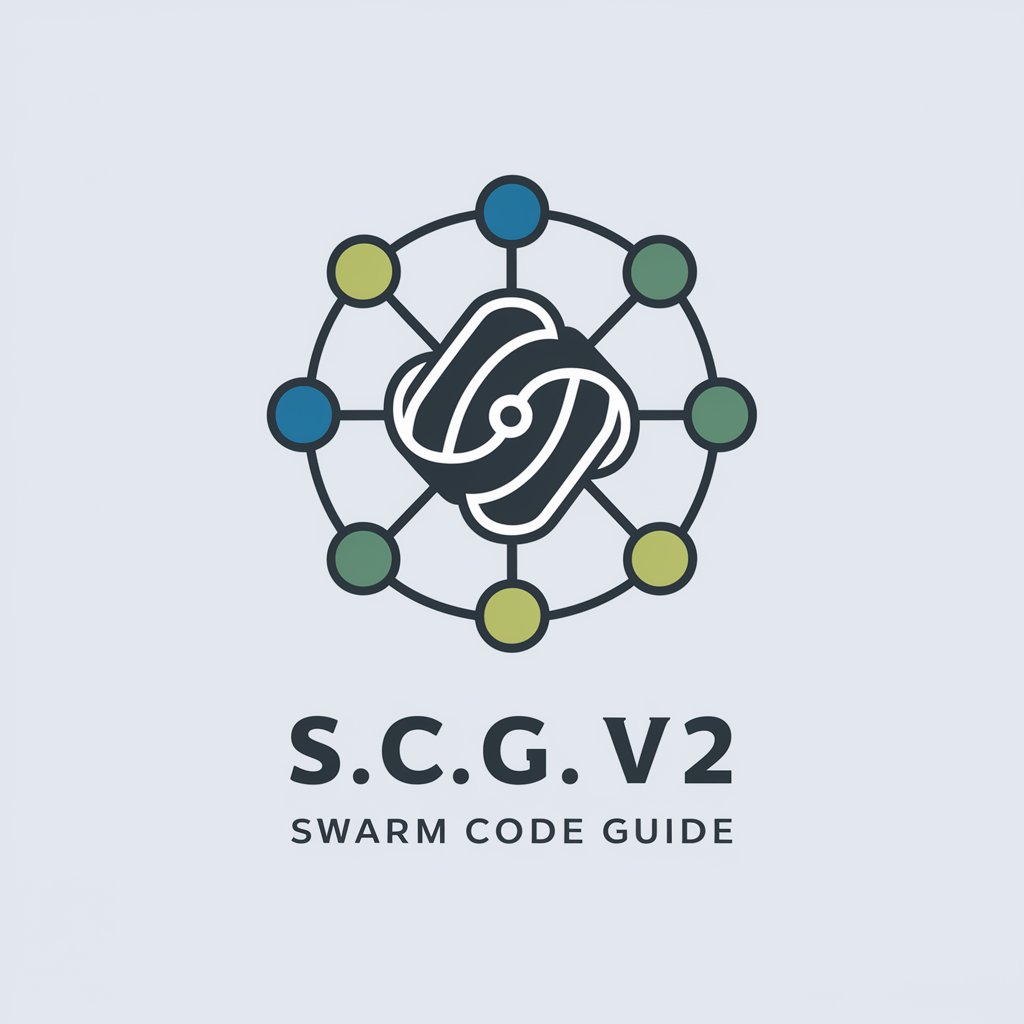
Agent Swarm - AI-Powered Automation
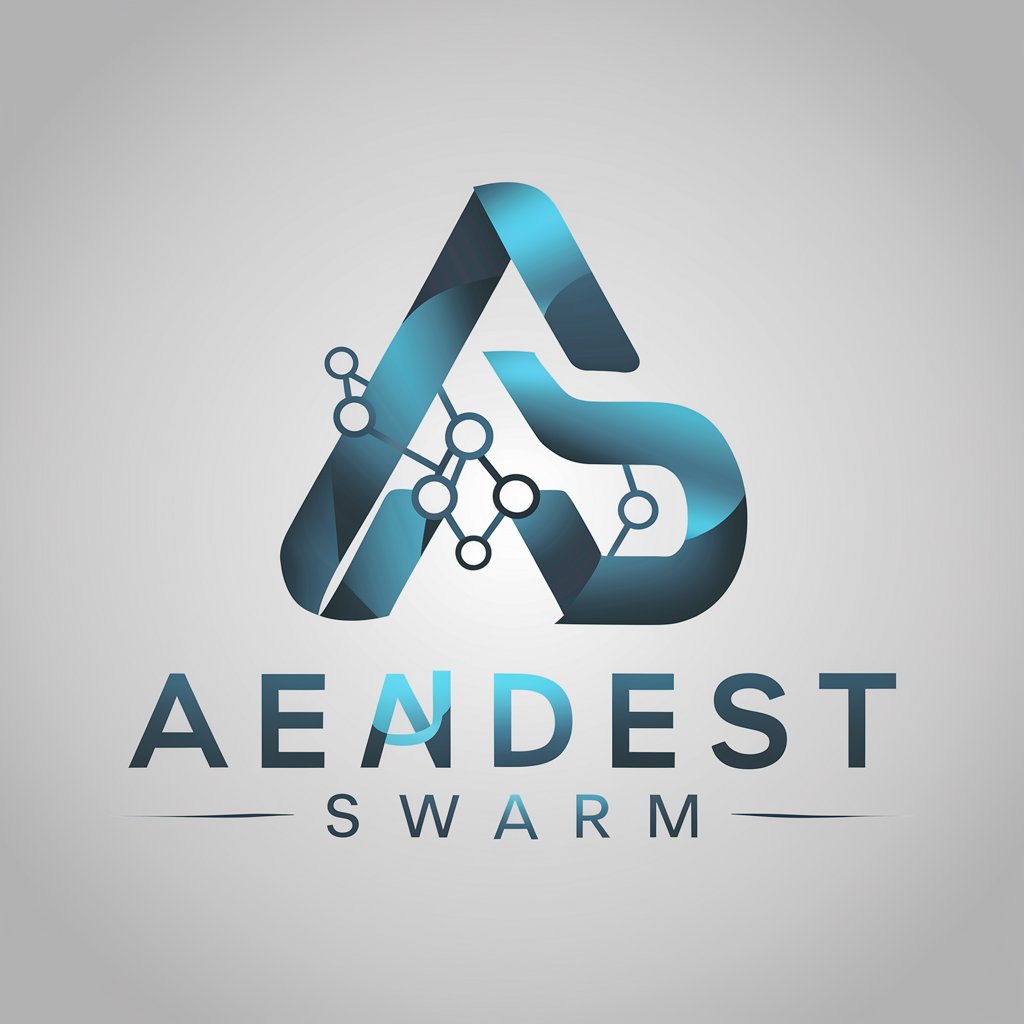
Hello, how can I assist you with autonomous agent swarms today?
Harness collective AI for streamlined tasks
Explore the key benefits of using autonomous agent swarms in IT infrastructure.
How can hierarchical control enhance the functionality of agent swarms?
Discuss the ethical considerations in developing autonomous agent swarms.
What are the primary challenges in orchestrating an agent swarm?
Get Embed Code
Introduction to Agent Swarm
Agent Swarm is a conceptual framework designed to orchestrate a network of autonomous agents working together to achieve complex tasks and objectives. These agents, each with their own specialized functions, communicate and collaborate within a hierarchical structure to execute operations more efficiently than isolated systems. The design purpose of Agent Swarm is rooted in the idea of distributed intelligence, where multiple entities, each with unique capabilities, come together to form a cohesive and adaptive system. This approach allows for scalability, resilience, and flexibility, making it well-suited for tasks ranging from IT infrastructure management to complex decision-making processes. An example scenario illustrating its use could be in managing a large-scale, distributed IT network. Here, different agents could be responsible for monitoring network health, deploying updates, managing security threats, and optimizing performance, all working in concert to ensure the network's smooth operation without direct human intervention. Powered by ChatGPT-4o。

Main Functions of Agent Swarm
Distributed Task Management
Example
Automating IT infrastructure
Scenario
In a scenario where an organization's IT infrastructure requires continuous monitoring, updates, and security management, Agent Swarm can deploy specific agents for each task. One agent might monitor server health, another could deploy software updates, while yet another manages security protocols, all operating autonomously but under the guidance of a higher-level agent ensuring alignment with overarching objectives.
Complex Problem Solving
Example
Optimizing logistics and supply chain management
Scenario
Consider a global logistics company needing to optimize its supply chain in real-time. Agent Swarm could utilize agents specializing in route optimization, cargo tracking, demand forecasting, and fleet management. These agents collaboratively analyze vast amounts of data to make predictive adjustments, optimizing delivery routes, schedules, and inventory levels, thereby reducing costs and improving efficiency.
Continuous Learning and Adaptation
Example
Evolving customer service platforms
Scenario
For a customer service platform aiming to provide personalized support, Agent Swarm deploys agents tasked with understanding customer queries, analyzing sentiment, and providing tailored responses. Over time, these agents learn from interactions, adapting to offer more accurate and helpful support, while others analyze feedback to improve product offerings.
Ideal Users of Agent Swarm Services
Tech Companies and IT Departments
Organizations with complex IT infrastructures stand to benefit significantly from Agent Swarm. By automating routine tasks, optimizing systems, and enhancing security measures autonomously, these entities can improve efficiency while reducing the workload on human staff.
Logistics and Supply Chain Managers
Professionals in logistics and supply chain management can leverage Agent Swarm to navigate the complexities of global distribution networks. The system's ability to dynamically optimize routes, manage inventory, and predict demand ensures operational resilience and efficiency.
Customer Service Executives
Customer service departments aiming to deliver personalized, efficient support can use Agent Swarm to manage and analyze customer interactions. This not only improves customer satisfaction but also provides valuable insights into product and service improvements.

Guidelines for Using Agent Swarm
Start without Signup
Access yeschat.ai for an introductory trial, bypassing the need for ChatGPT Plus or any sign-up requirements.
Define Your Objective
Clearly outline your goals or tasks you wish to automate with Agent Swarm, such as data analysis, content generation, or task automation.
Select Agents
Choose from a range of pre-designed agents or customize your own based on the specific needs of your project or objective.
Configure Swarm
Set up your agent swarm by defining roles, tasks, and interaction protocols among the agents to ensure optimal performance and results.
Monitor and Adjust
Regularly review the performance of your agent swarm, making adjustments to configurations as necessary to improve efficiency and outcomes.
Try other advanced and practical GPTs
Culinary Explorer
Explore Global Cuisines with AI

CatGPT
Purr-fect AI Companion for Cat Lovers
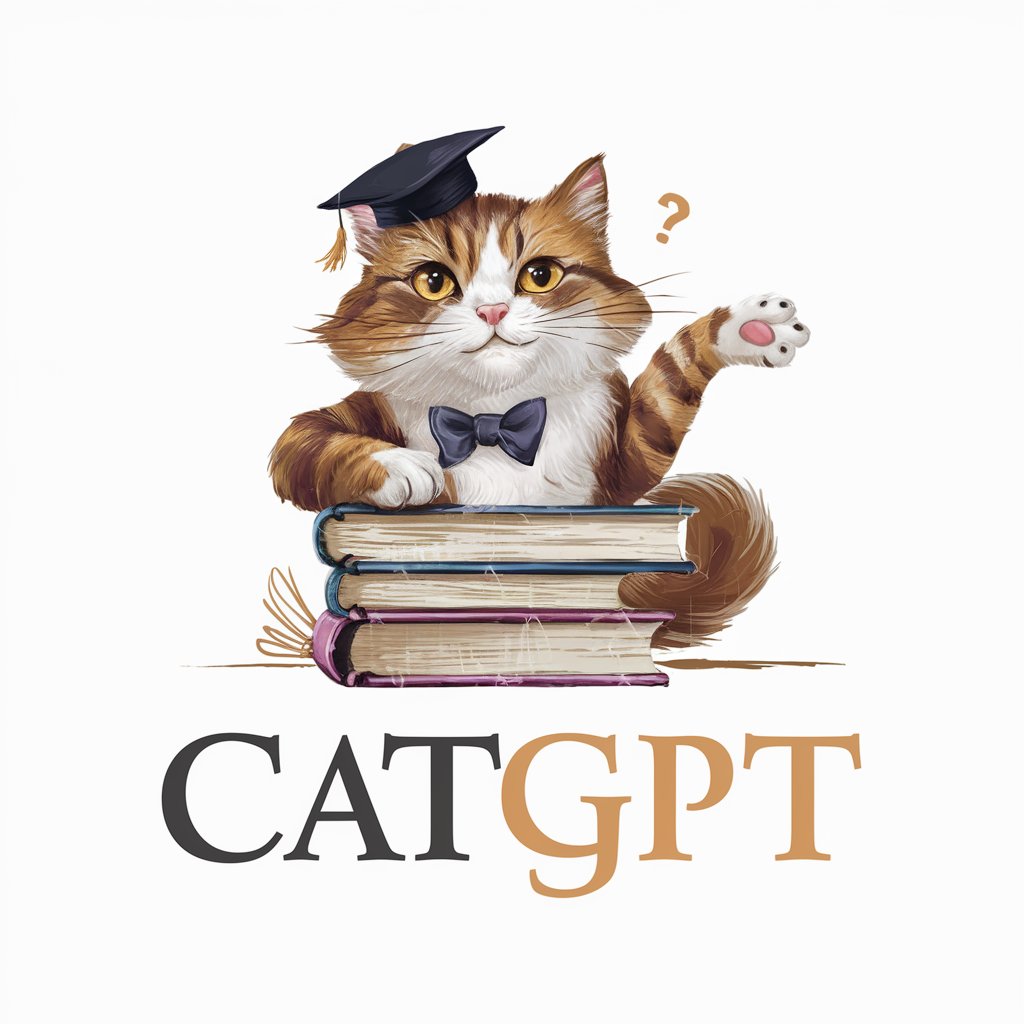
SEOWriter9000
Revolutionize Your SEO with AI

HR Automation GPT
Empowering HR with AI-Driven Solutions
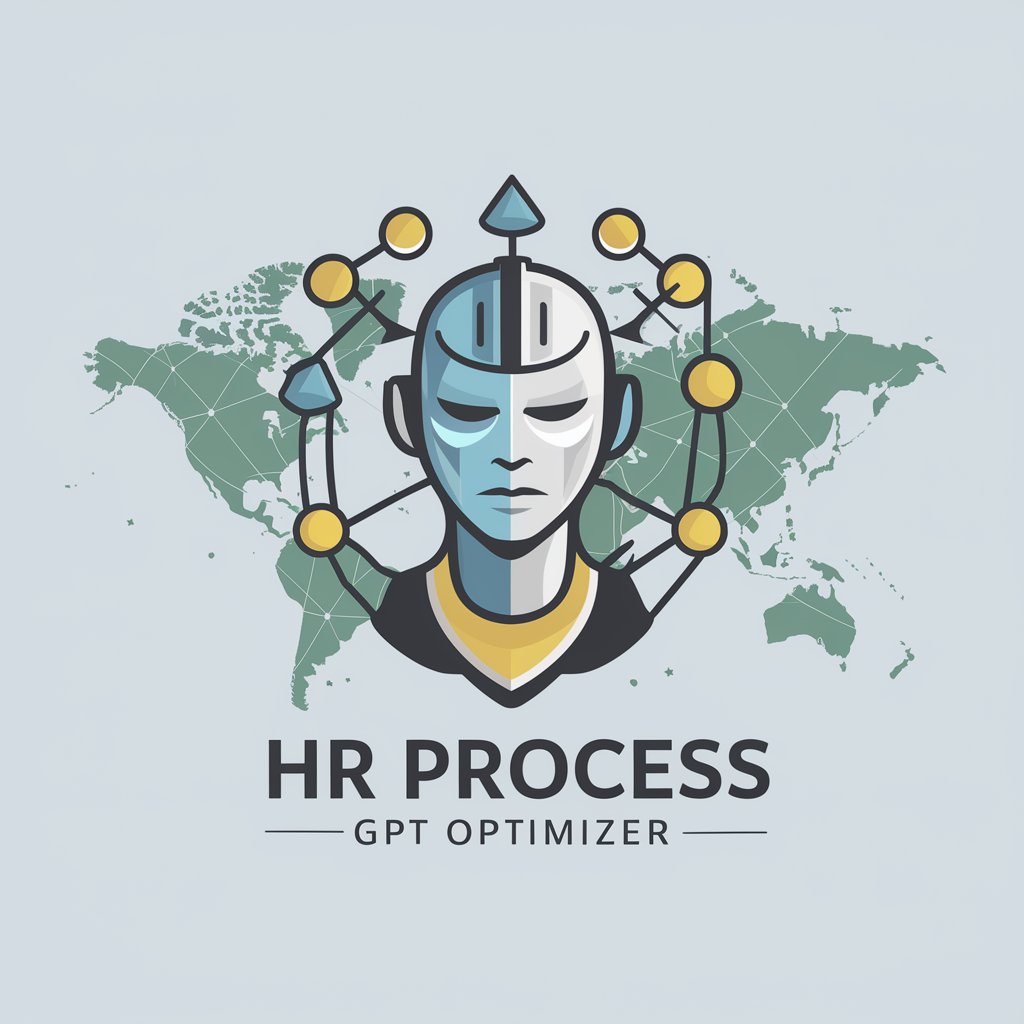
Neuronizer Pro
AI-Powered Precision in Every Summary
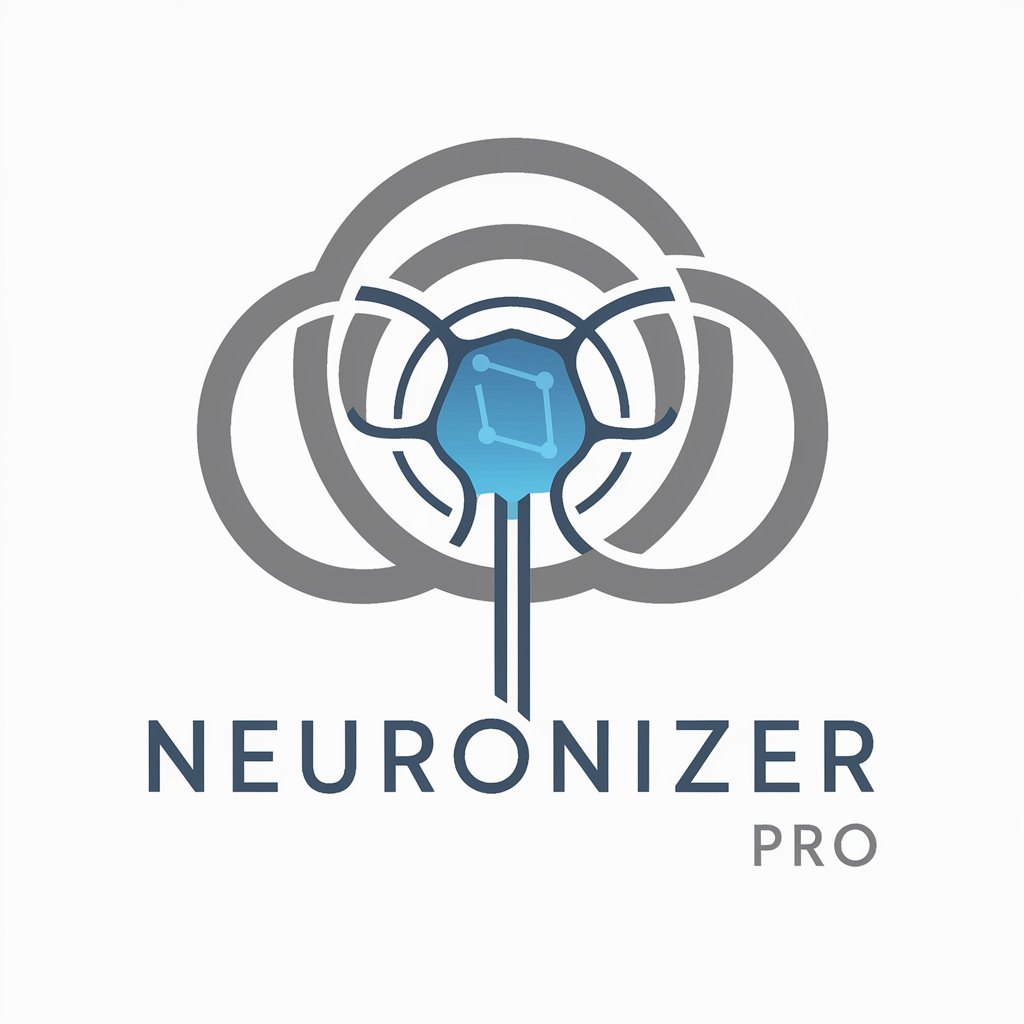
GPT IdeaForge
Inspiring Innovation with AI-Powered Ideas
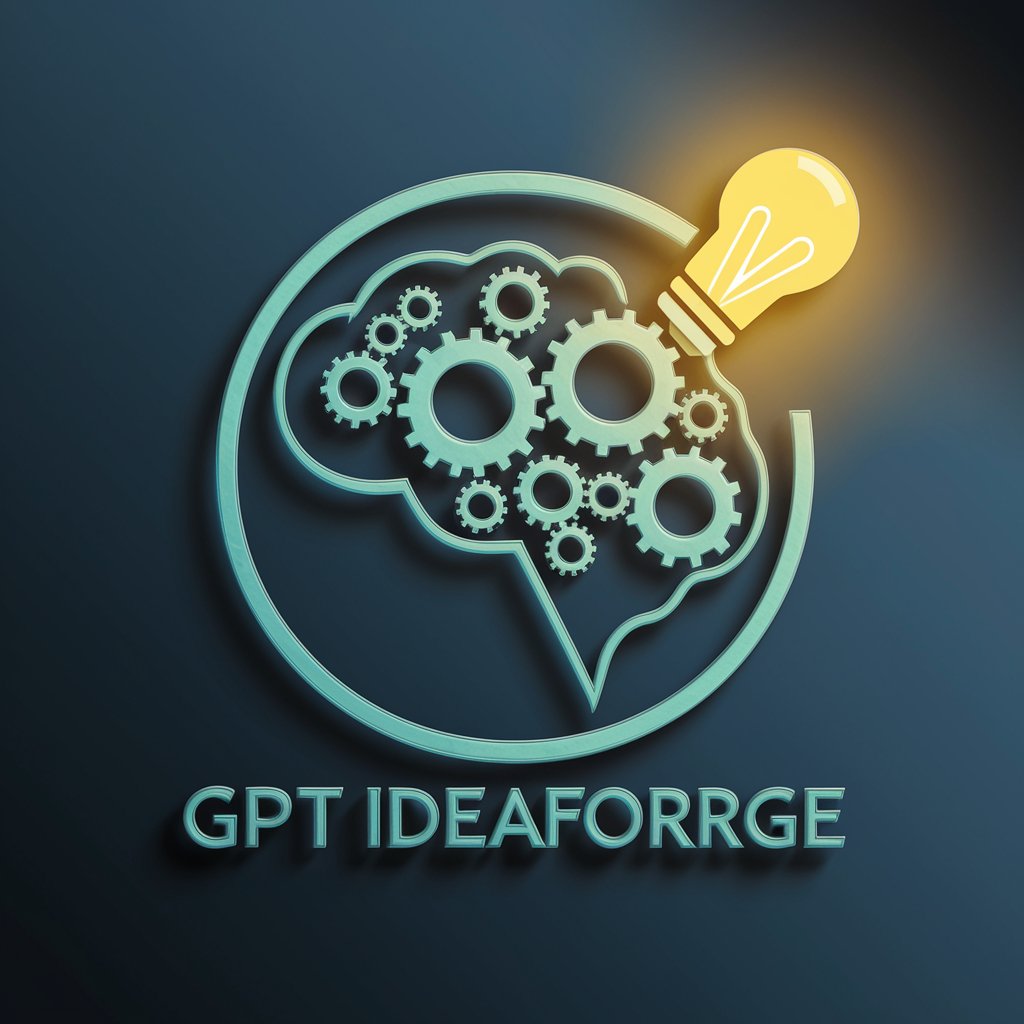
SEO E-E-A-T Assistant
Elevate Content with AI-Powered Insights

SimpliPolicy
Simplify legal documents with AI

AI Strategy Navigator
Navigate AI integration with strategic precision.
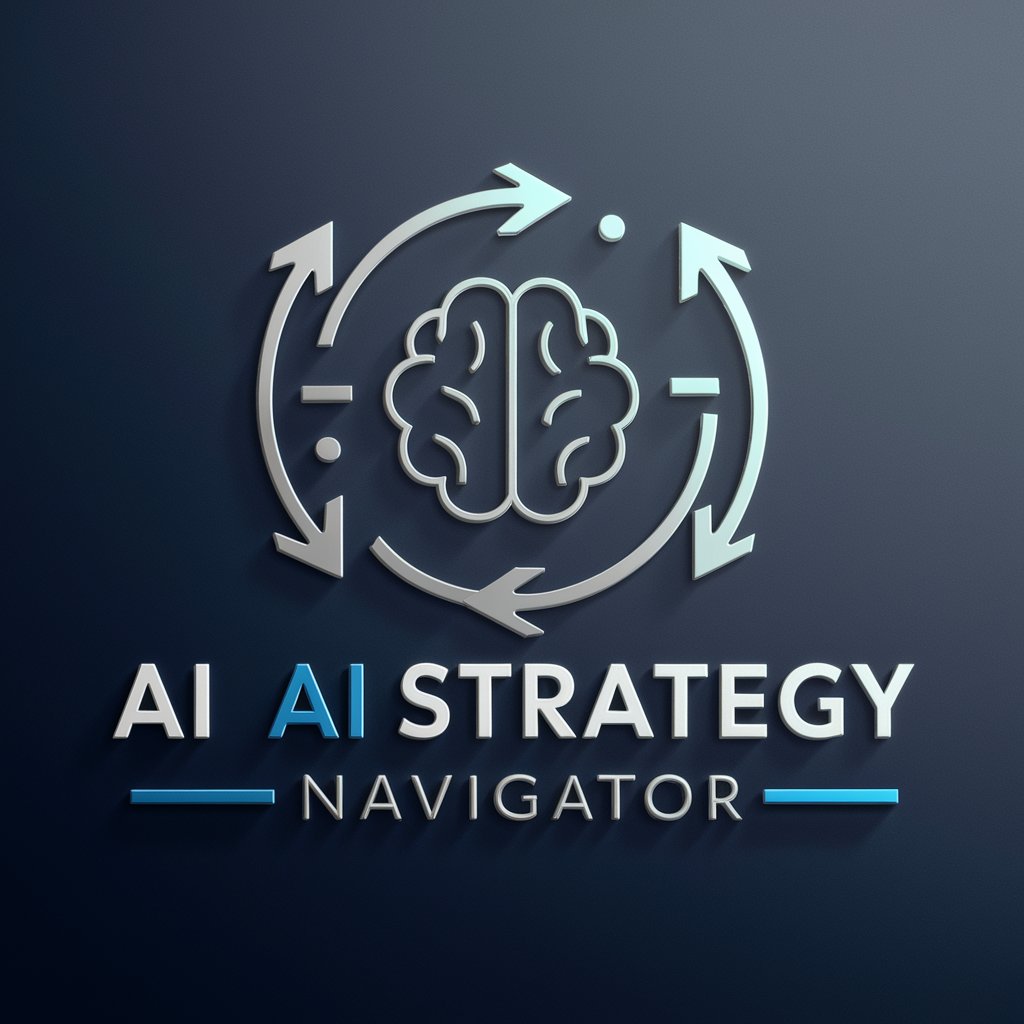
Visual Synthesizer
Transforming Data into Visual Stories
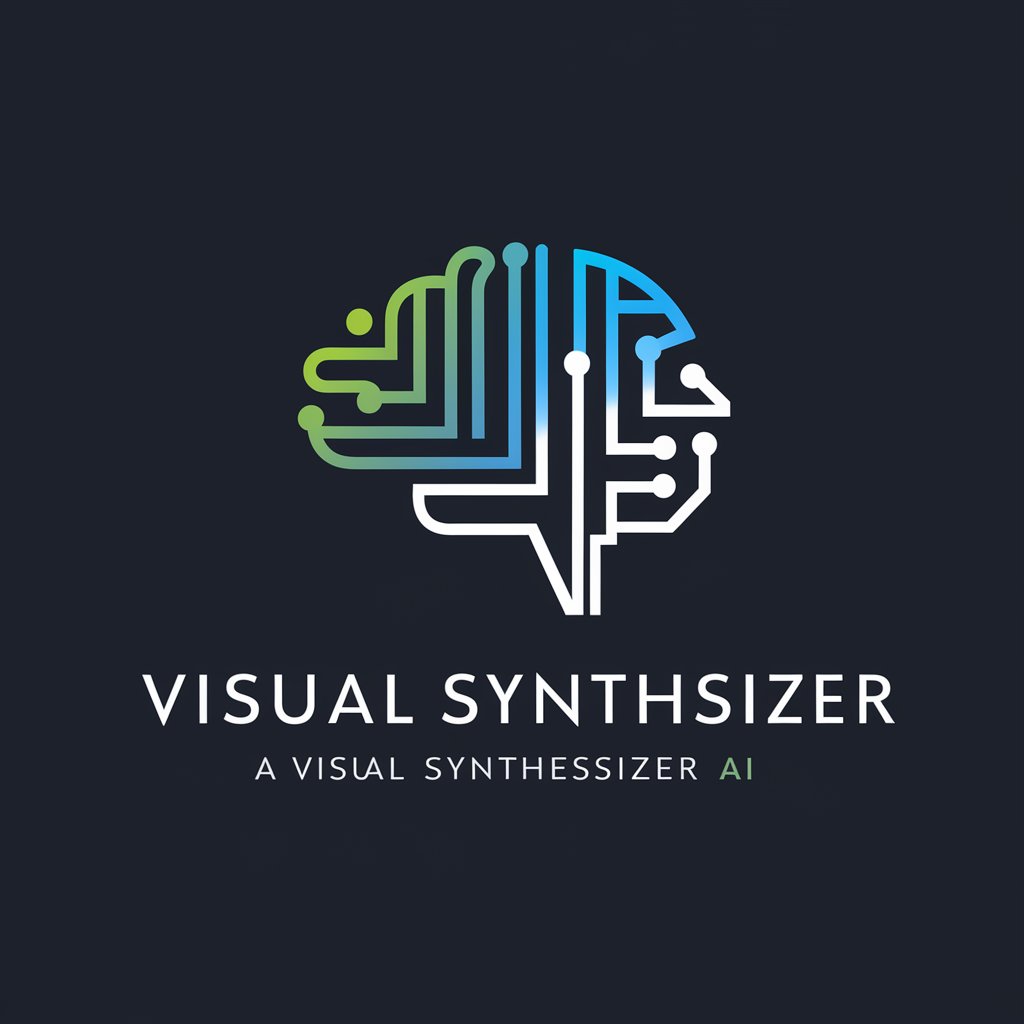
FastAPIHTMX
Elevate web interactivity with AI-driven HTMX

DigitAlly
Elevate Your Conversations with AI Power

Frequently Asked Questions about Agent Swarm
What exactly is Agent Swarm?
Agent Swarm refers to a system of AI-powered agents working collectively to perform complex tasks or achieve specific goals, harnessing the power of collaborative artificial intelligence.
Can Agent Swarm adapt to different tasks?
Absolutely. Agent Swarm is designed to be highly adaptable, capable of handling a wide range of tasks from data analysis to automated content creation by configuring the agents’ roles and tasks.
How does Agent Swarm ensure task efficiency?
Through a hierarchical structure that allows for the delegation of tasks, prioritization based on complexity, and seamless collaboration among agents, ensuring tasks are completed efficiently.
Is there a way to customize individual agents within a swarm?
Yes, each agent within a swarm can be customized in terms of its functions, objectives, and how it interacts with other agents, allowing for tailored solutions to specific problems.
What are the common use cases for Agent Swarm?
Common use cases include automating business processes, conducting research and data analysis, generating content, managing IT infrastructure, and enhancing customer service through automation.
